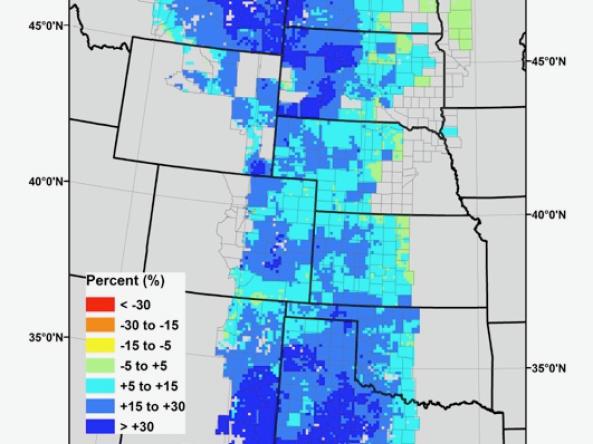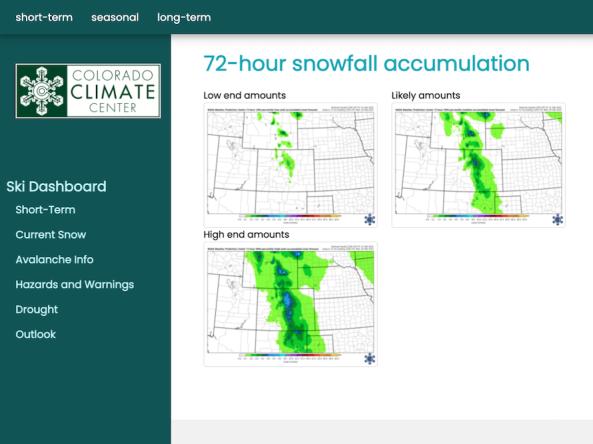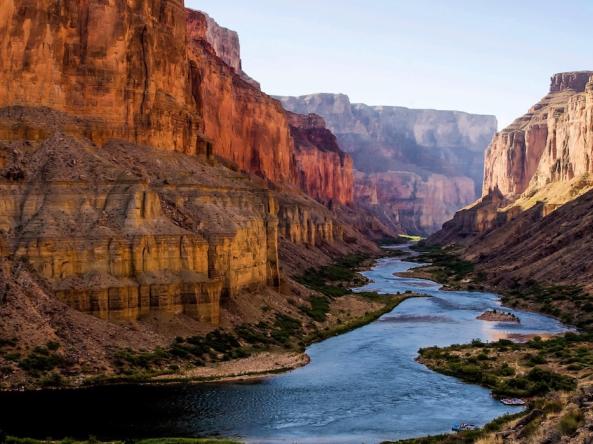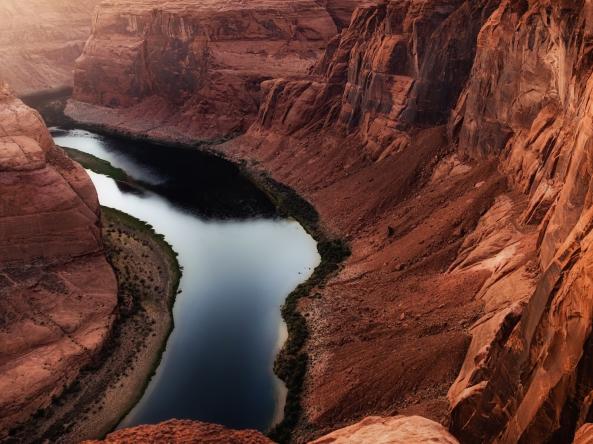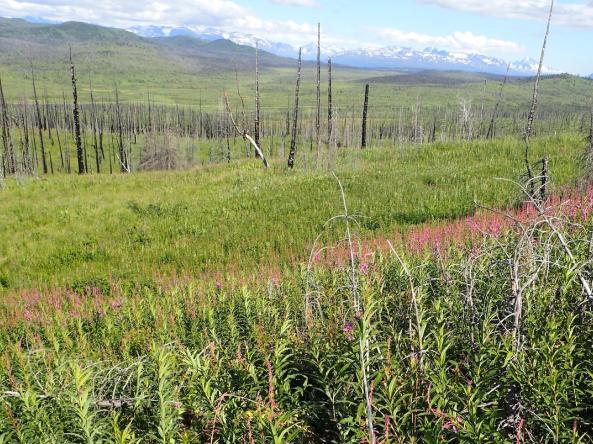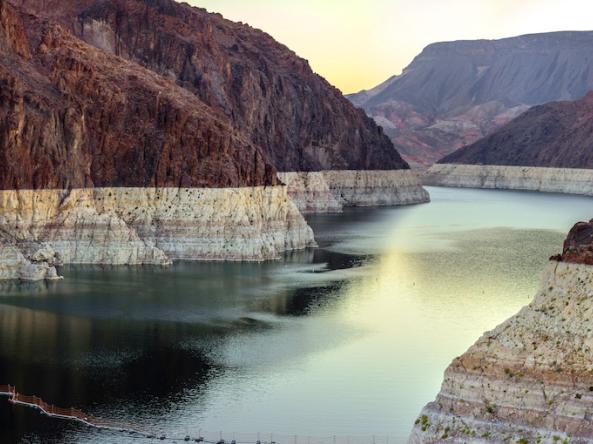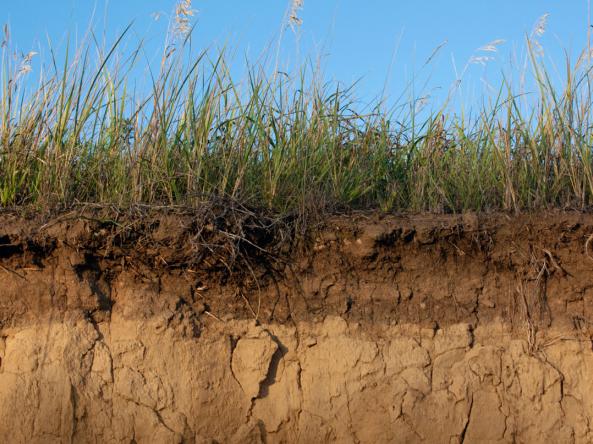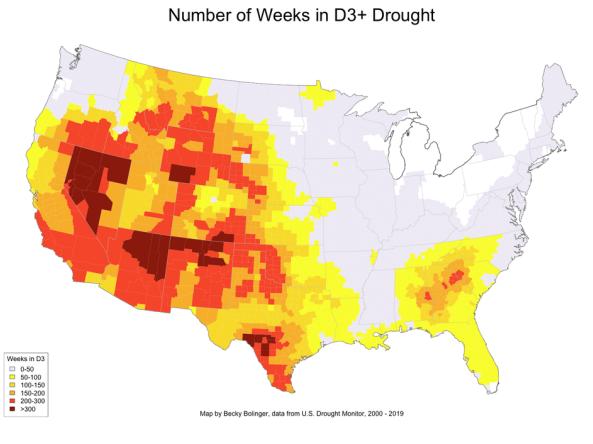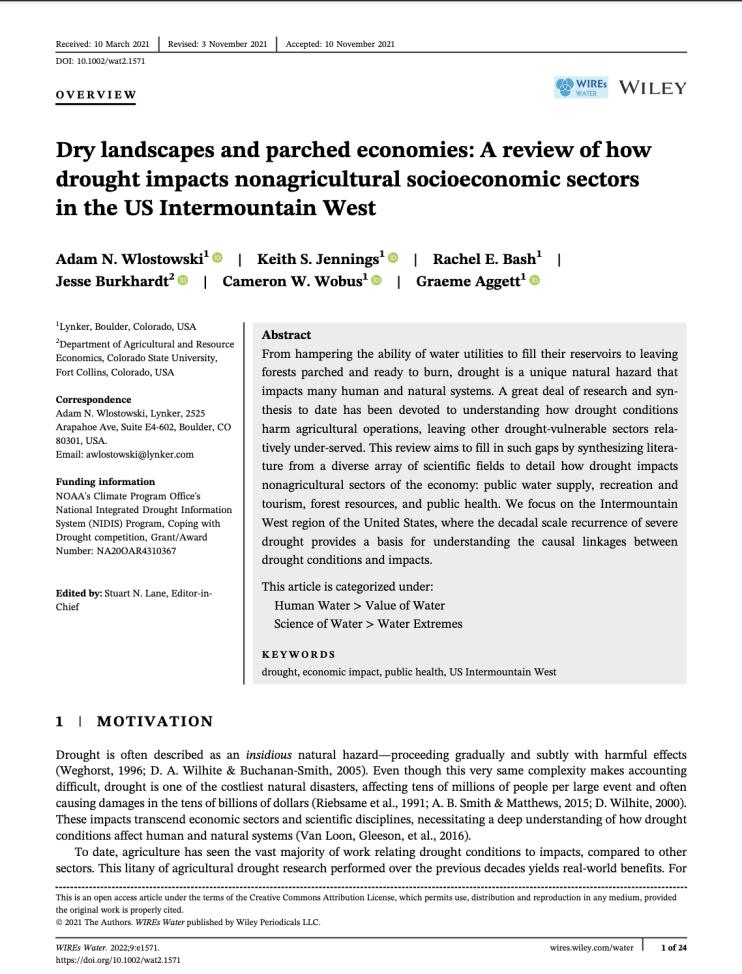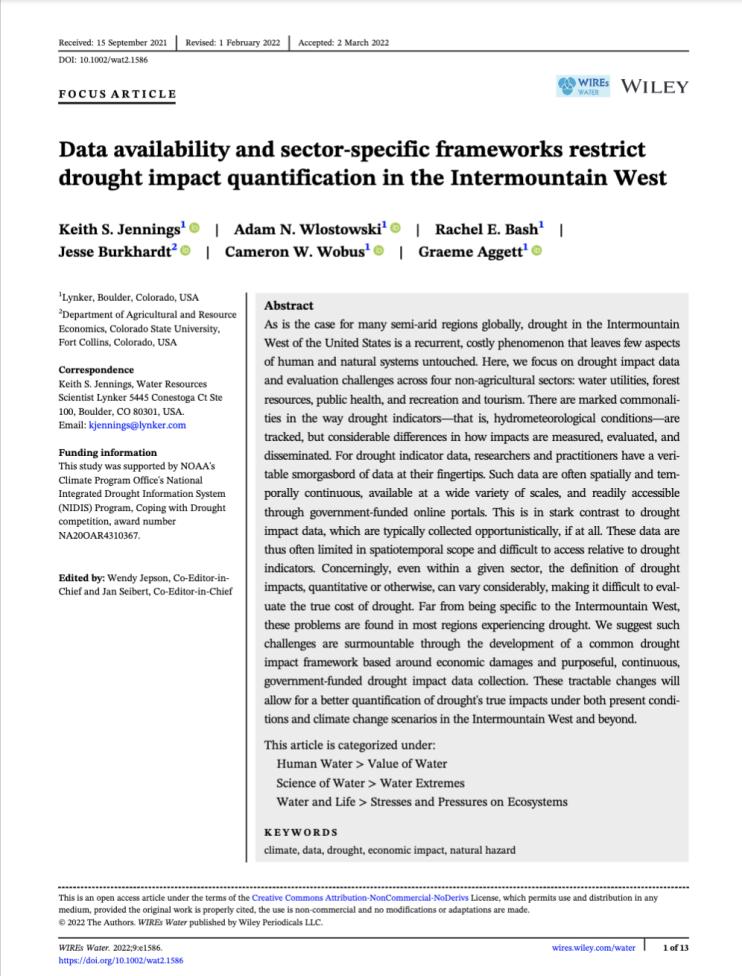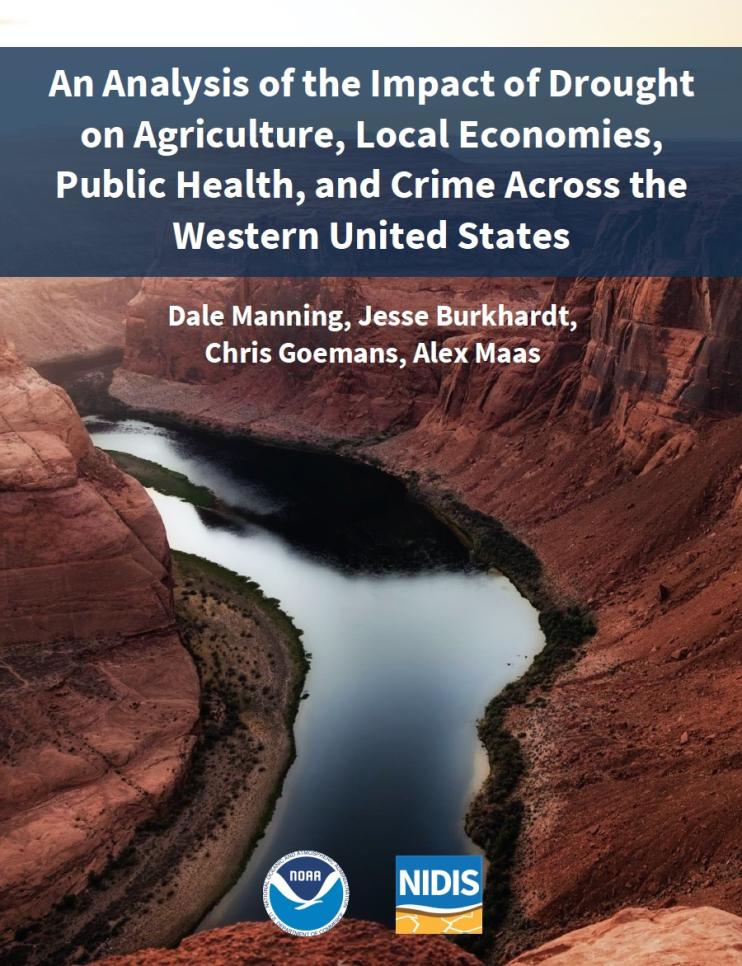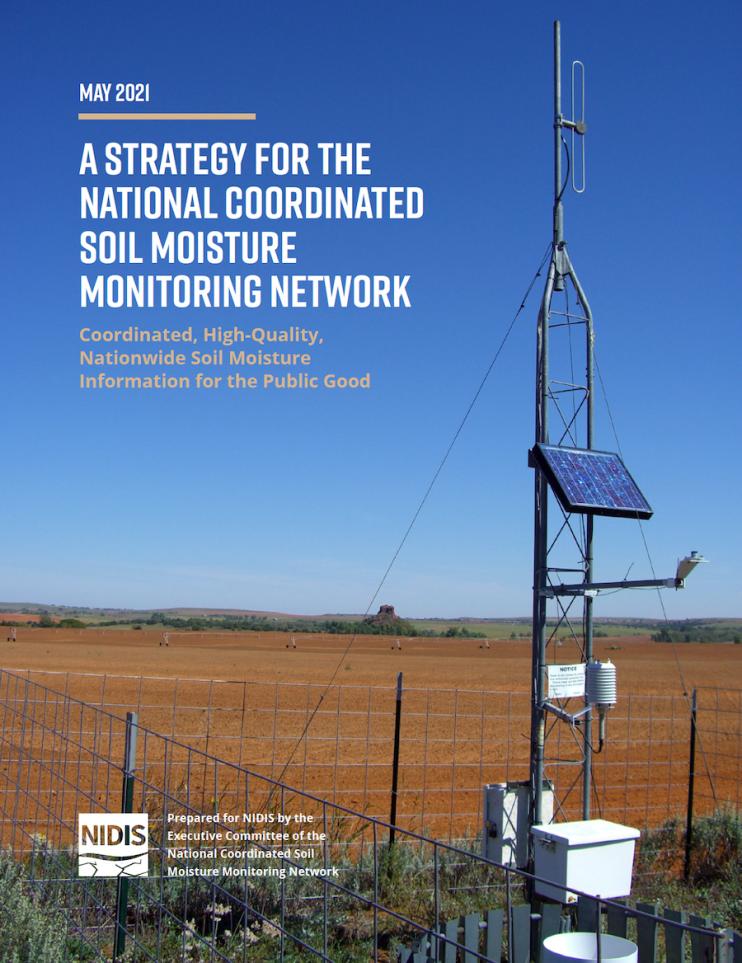Logo

Featured Agencies/Organizations
Related Data & Maps
Grass-Cast indicates for ranchers and rangeland managers what productivity is likely to be in the upcoming growing season relative to their own county’s 34-year history.
Period of Record
1900-2017, Forecasts
File Format
images
pdf
csv
The Intermountain West Ski Dashboard was created as a resource for decision makers within the ski industry in the Intermountain West (Arizona, Colorado, New Mexi
Period of Record
Current Conditions, Forecasts
File Format
images
Related Events
Jun
3
2025
Aug
9
2022
Related Webinar Recaps
Related News
Site Section
News & Events
Alaska’s boreal forests are declining, as increasing drought stress and fire kill off the next generation of conifer trees. Where boreal forest has disappeared, new plant communities—like grasslands and aspen forests—have begun to take its place. Elsewhere, in the southeastern United States, droughts have decimated saltmarsh vegetation, turning saltmarshes into mudflats or open
Site Section
News & Events
The Colorado River is perhaps the most critical resource to the southwestern United States, providing water to over 40 million people. In an average year, over half of this water comes from western Colorado, primarily in the form of snowmelt when high-elevation seasonal snowpack dissipates in the spring.The Colorado River has been managed with a large series of reservoirs. Seasonal water supply
Site Section
News & Events
The National Integrated Drought Information System (NIDIS) is pleased to release A Strategy for the National Coordinated Soil Moisture Monitoring Network: Coordinated, High-Quality, Nationwide Soil Moisture Information for the Public Good (also known as the “NCSMMN Strategy”). Developed in part to fulfill the requirements of the NIDIS Reauthorization Act of 2018 (P.L. 115-423
Site Section
News & Events
Drought is a pretty complicated climate extreme to define. Most commonly, it is defined as a precipitation deficit - much less precipitation falls than what is typically expected for a given time period.
But drought can be observed in lots of ways: lack of snowpack, low flows in rivers and streams, dry soils, higher evaporative losses, low lake/reservoir levels, etc. Because the climate varies
Related Documents
Document Date
June 2021
Document Date
June 2021



